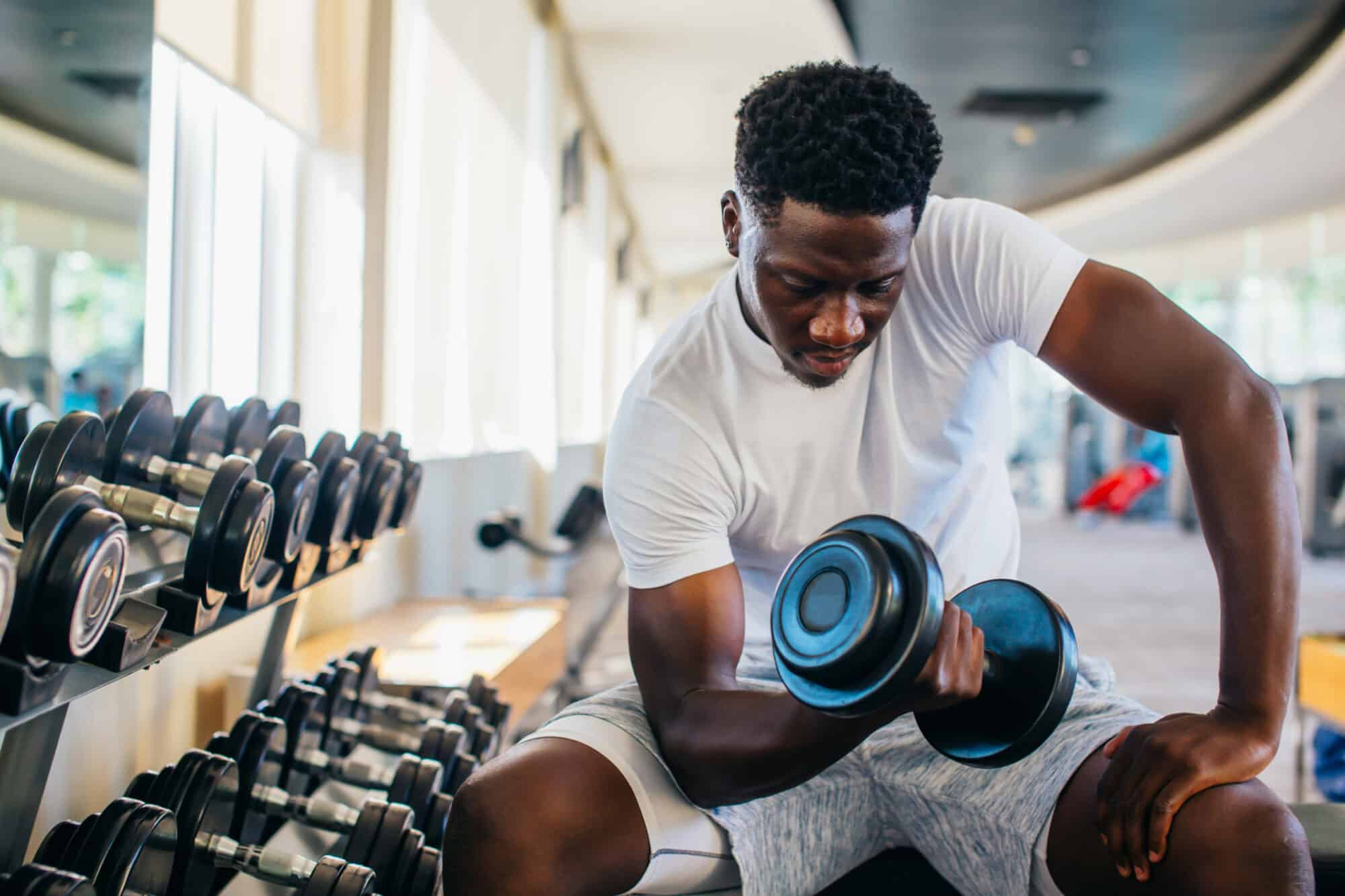
Football is returning to televisions across the country, bringing with it the spectacle, athleticism and injuries this tough sport is known for. Concussions and spine damage are often the most serious and highly publicized football injuries, but these athletes also deal with knee, back and hip pain in the form of sprains, strains, broken bones, ACL and meniscus tears, hip pointers and more – not to mention turf toe and Achilles tendinitis.
So how do sports organizations like football teams handle pain management for athletes, especially for athletes with chronic pain? Here are some methods of pain relief for athletes, whether they’re dealing with athlete knee pain, muscle pain or other injuries.
Using BioWaveGO As Pain Relief For Athletes

Electrical stimulation via a portable device like BioWaveGO delivers electrical pulses to help athletes in pain in two ways. Small electric pulses in low doses can help the body release endorphins, which are natural painkillers. Electrical stimulation devices also work to disrupt the nerve pain signals going to the brain. New technology, like BioWave’s, further enhances pain-blocking results by using high- and low-range electrical stimulation frequencies.
The regular use of a portable device like BioWaveGO allows players to access safe pain relief for athletes any time. Just ask pro golfer Rocco Mediate and Olympic track gold medalist Tianna Bartoletta, who both use the pain relief technology of BioWaveGO. Interested in purchasing a BioWaveGO device of your own? Head here.
Non-Opioid Medications For Athletes In Pain

Over-the-counter painkillers can serve as dependable pain relievers for athletes. Nonsteroidal anti-inflammatory drugs (NSAIDs) like aspirin, ibuprofen and naproxen not only help athletes with chronic pain find relief, but they also work to reduce inflammation surrounding an injury or overused muscle.
Acetaminophen (aka Tylenol) is another safe, non-opioid, nonprescription medication athletes in pain can turn to. Acetaminophen is thought to have fewer side effects than NSAIDs, which can sometimes cause stomach problems.
Keep in mind that aches and pains may signify tissue damage, so athletes who find themselves regularly turning to over-the-counter pain relievers should be sure to get assessed and find sustainable alternatives to muscle pain relief for athletes.
Massage Therapy As Pain Management For Athletes

Massage therapy is particularly helpful for athlete back pain. Generally, massage helps release tight areas in the muscle, which can mitigate pain. It also encourages blood flow to tense muscles, which can relax tight areas.
Sports massage can help athletes with chronic pain by alleviating tissue injuries caused by overuse or overextension of the muscles that may occur during a game or in training. Sports massage can also assist athletes with conditioning to help prevent pain in the first place. Additional benefits of sports massage for pain management for athletes include:
- Improved muscle flexibility
- Increased blood flow to muscles
- Potentially faster recovery from injuries
Sports massage can also be effective in combating delayed-onset muscle soreness, typical pain that may affect all athletes, from amateurs to pros, when starting a new training program or increasing exercise intensity.
Stretching And Strengthening As Muscle Pain Relief For Athletes

The best pain management for athletes is preventing it from occurring in the first place. Stretching and strengthening muscles as part of routine conditioning can serve as preventive muscle pain relief for athletes. A comprehensive, effective strength training program complements the sport you play, resulting in muscles, tendons and ligaments that are more durable and resilient to stress from athletic activities.
Additionally, stretching promotes flexibility, which is necessary for maintaining a range of motion in joints. Without that flexibility and range of motion, muscles may be too tight to manage activity needed for a football game or tennis match, which puts you at risk for injury and muscle pain. There are various views about when to stretch and how (Before or after a game? Static or dynamic stretches?) so athletes should consult with coaches and trainers before committing to a routine.
How An Athlete In Pain Gets Back On The Field

Pain management for athletes cannot begin without honest communication between players and their trainers and coaches. Athletes are known for playing through pain, but don’t let it hinder your performance or even career. Speak up when pain and injury strike. It takes a team effort to provide pain management for athletes so they can get back on the field, ready to play. Conditioning through strength training and stretching, muscle pain relief for athletes in the form of a portable device like BioWaveGO, sports massage and non-opioid pain medication all provide pain relief for athletes.
Still curious about how pain and injury impact athletes? Read our overview of common tennis injuries and how to treat them here.



